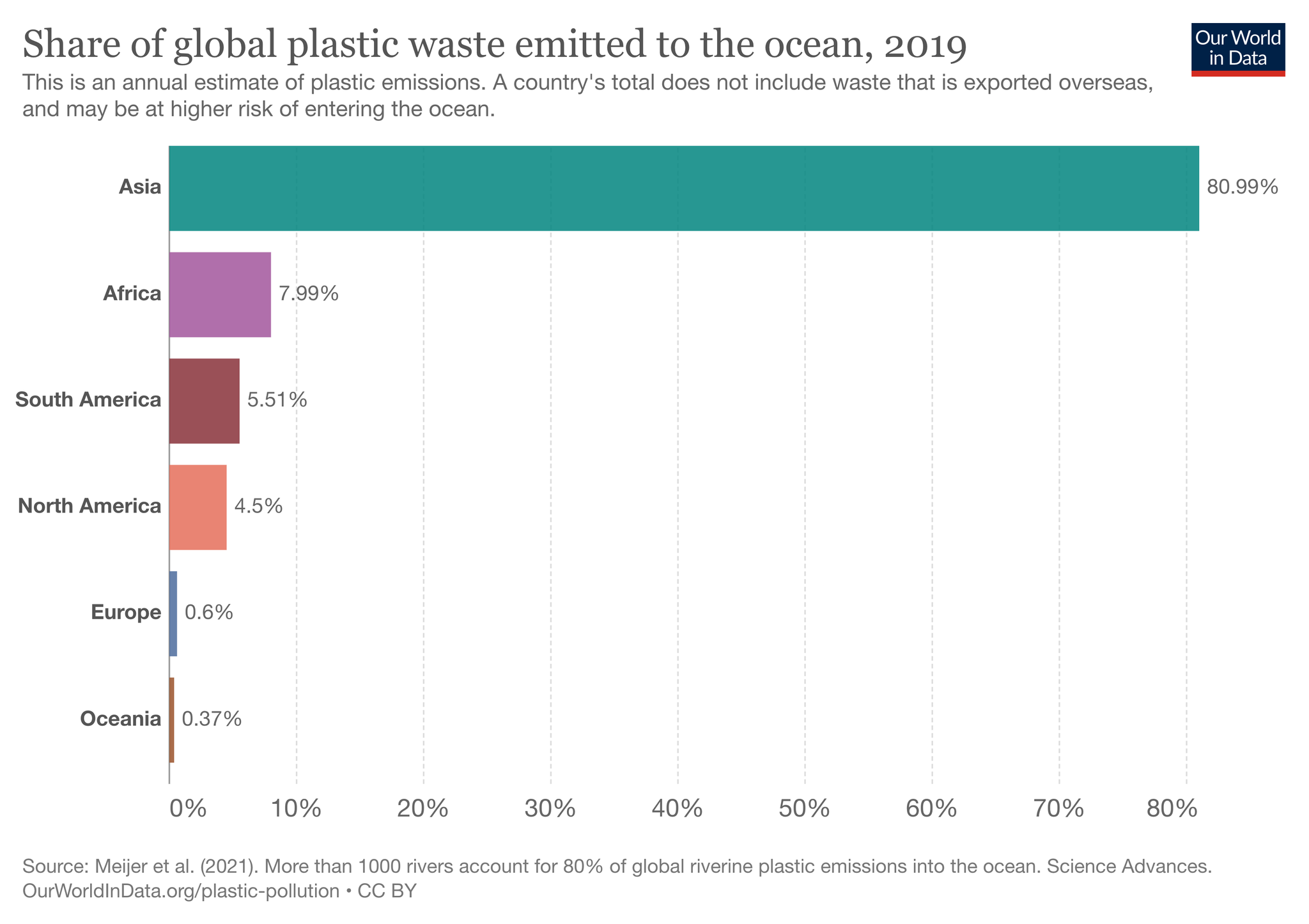Does banning plastic work?
This week TBR talks about the intricate pathway through which plastic ends up in waste and beyond is an unusual public policy problem. It affects around 2.2 Billion people living around the coastline, and the ramification from health, to ecological conservation are staggering.

Plastic is everywhere, the United Nations Environment Program (UNEP) estimates that upwards of 5 Trillion plastic bags are consumed each year. Let that number sink in. Plastic bags if not disposed properly, and they rarely are, clog up everything. The intricate pathway through which plastic ends up in waste and beyond is an unusual public policy problem. It affects around 2.2 Billion people living around the coastline, and the ramification from health, to ecological conservation are staggering.

Plastic is an important and yet invisible force of the global trade, its role in economic growth is a matter of concern for a host of sustainability focused organisations. The source of plastic waste being tracked here is an interesting and troubling evidence based work. However, the growth of plastic production refuses to abate. The patchwork quilt of Covid-19 induced supply shocks made plastic an important conduit for safety and hygiene. The conversations on alternative slowed down as the widespread availability, and its macro-usefulness made plastic inevitable choice during a global pandemic. However, even before the pandemic the plastic production was not really slowing down. As it is convenient, cheap, and easily reproducible across geographies. The only time plastic production dips is during a recession, and even then it is the first to bounce back up.

Plastic waste generation is strongly influenced by primary plastic use, but also the product lifetime. Packaging, for example, has a very short ‘in-use’ lifetime (typically around 6 months or less). This is in contrast to building and construction, where plastic use has a mean lifetime of 35 years.Packaging is therefore the dominant generator of plastic waste, responsible for almost half of the global total.
Plastic will only enter rivers and the ocean if it’s poorly managed. In rich countries, nearly all of its plastic waste is incinerated, recycled, or sent to well-managed landfills. It’s not left open to the surrounding environment. Low-to-middle income countries tend to have poorer waste management infrastructure. Waste can be dumped outside of landfills, and landfills that do exist are often open, leaking waste to the surrounding environment. Mismanaged waste in low-to-middle income countries is therefore much higher.

So what about alternatives? Can't we work on making plastic alternatives a much better option, say by the conventional use of spreading awareness, and providing economic incentives. Have we not seen various natural alternatives being talked about as being good for the environment? Grocery bag of different materials are referenced below for environmental impact and greenhouse emissions. The problem is plastic is kind of better!



As of this year 98 countries have banned single use plastics. Others have chosen to have local or municipal level bans, and around 33 have chosen to levy cess to make plastic less lucrative for general usage.
However, these laws at best only regulate a part of the plastic lifecycle, mostly geared towards the consumption end, it leaves relatively free manufacturing, distribution, and disposal, either wholly or in parts. The other challenge is that even countries that have banned the usage of single plastics they continue to have exemptions for trade. The alternatives to plastics are pretty crappy too. I mean no offence to people who love cotton tote bags they are not convenient, cheap, or as the graphs above illustrate particularly environment friendly.
So banning is not the best solution. This is where behavioural informed policies will have to work with the science folks. On a recent visit to Tezpur University I realised that an interesting solution was proposed by them in 2019, a team led by my friend Professor Pritam Deb, and his student Meenakshi Talukdar, created two-dimensional heterostructure based biodegradable film this work is very promising and has the potential for changing the nature of plastic waste across the world. As the film is at par with plastic and significantly is easily biodegradable. The work has been recognised by Gandhi Young Technological Innovation Award for Ms. Meenakshi Talukdar, and a Visitors Award (President of India is a visitor of every Central University) for Professor Pritam Deb. However, the work from lab bench to bedside requires a tremendous level of insight and cooperation from academia, industry, and consumers. How do we scale it up is a behavioural challenge?





